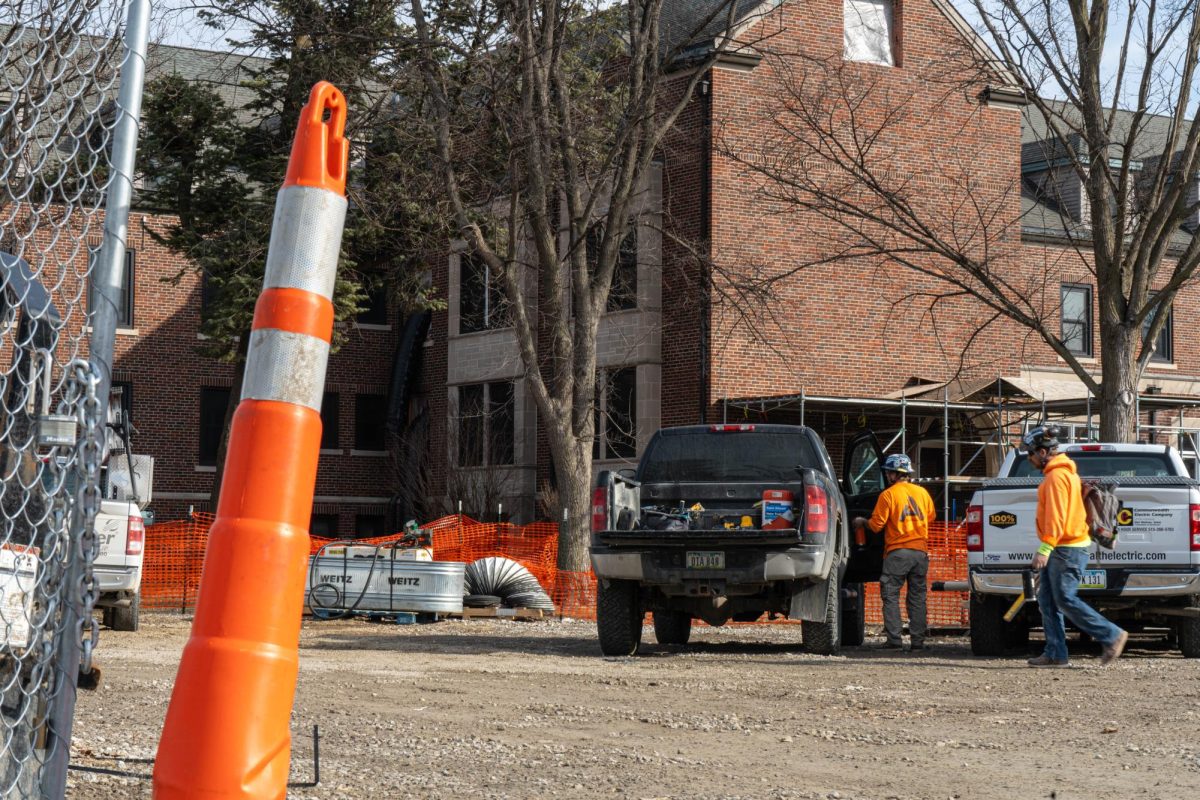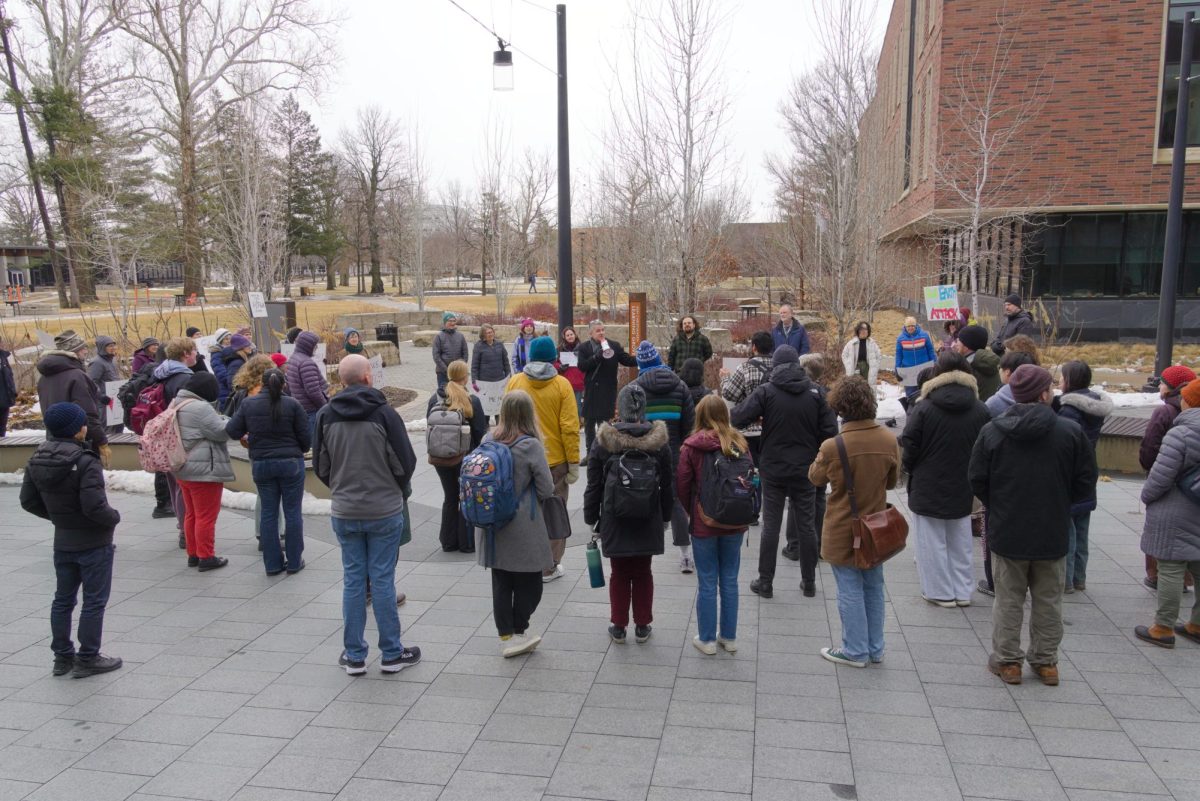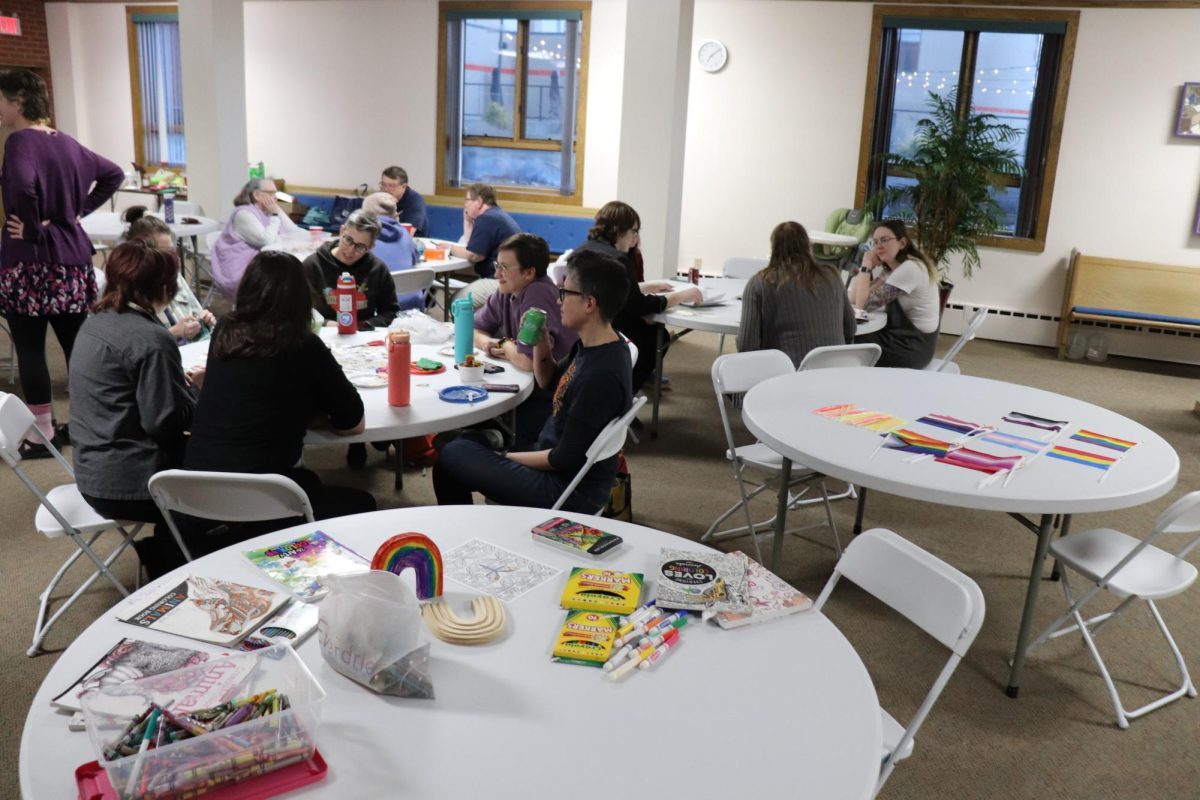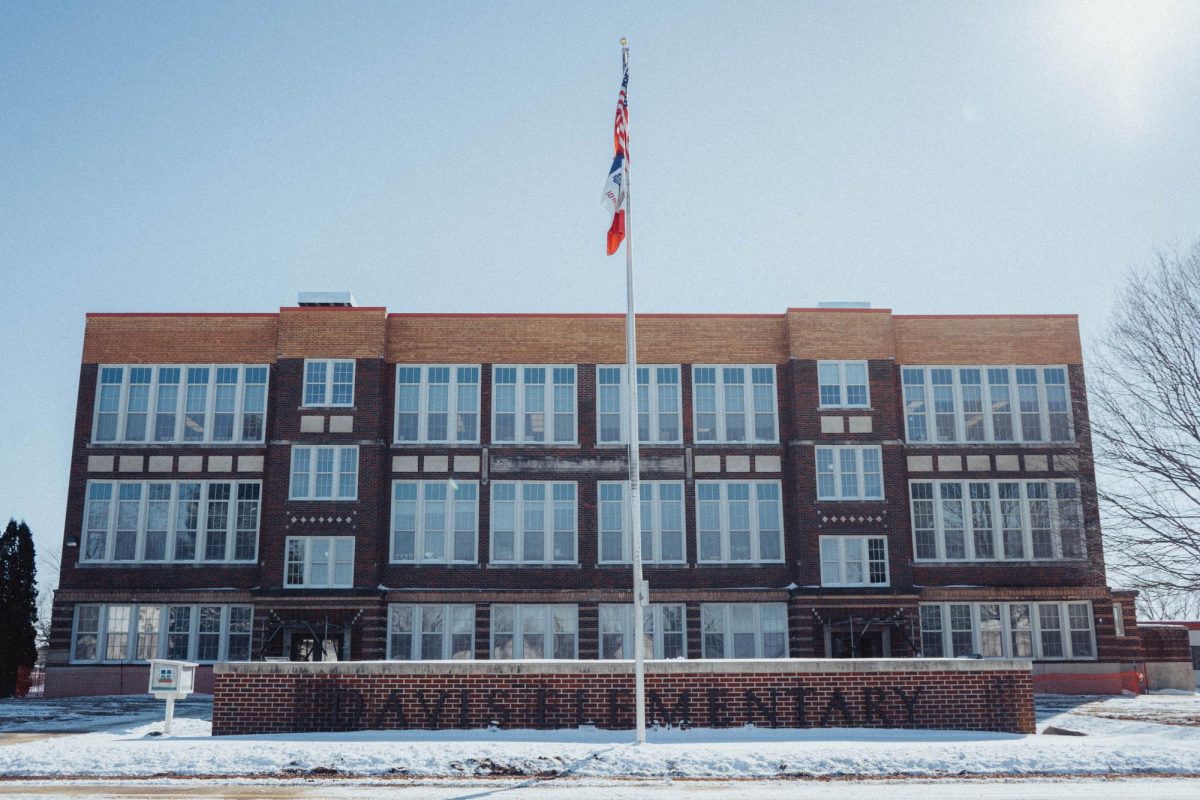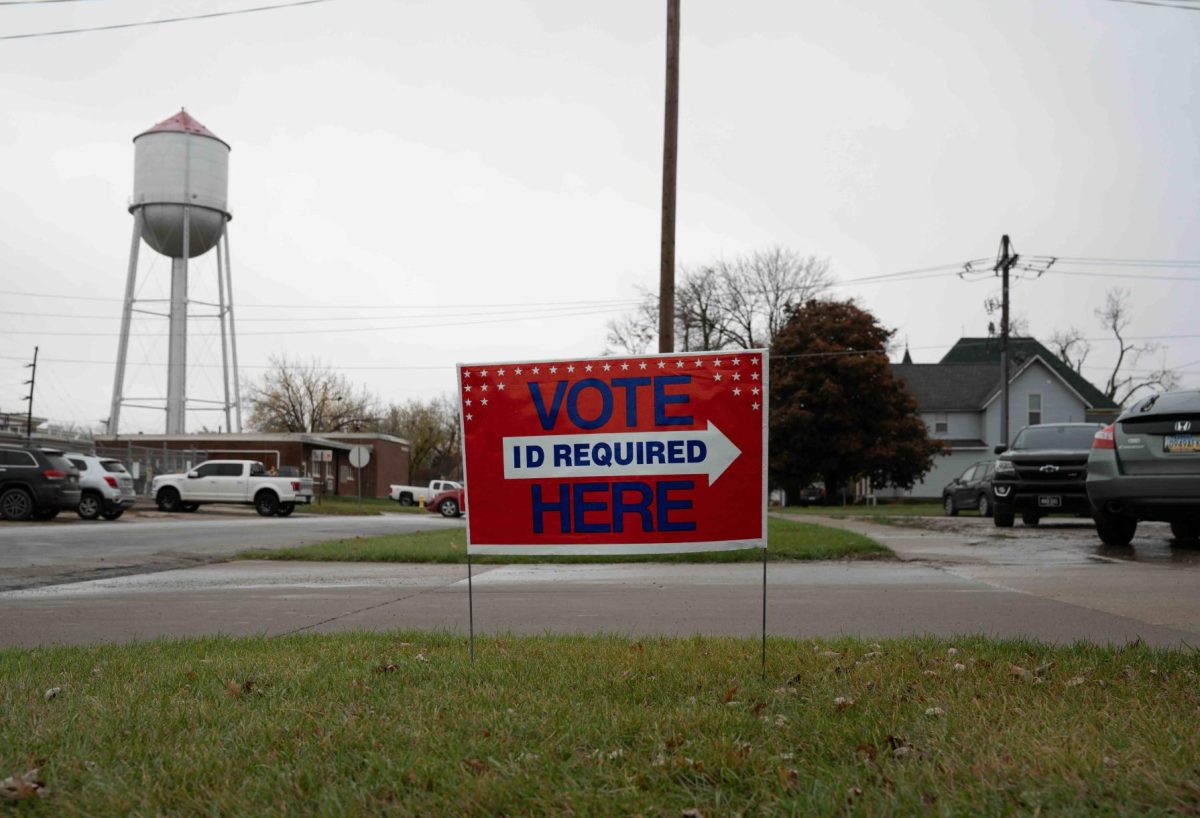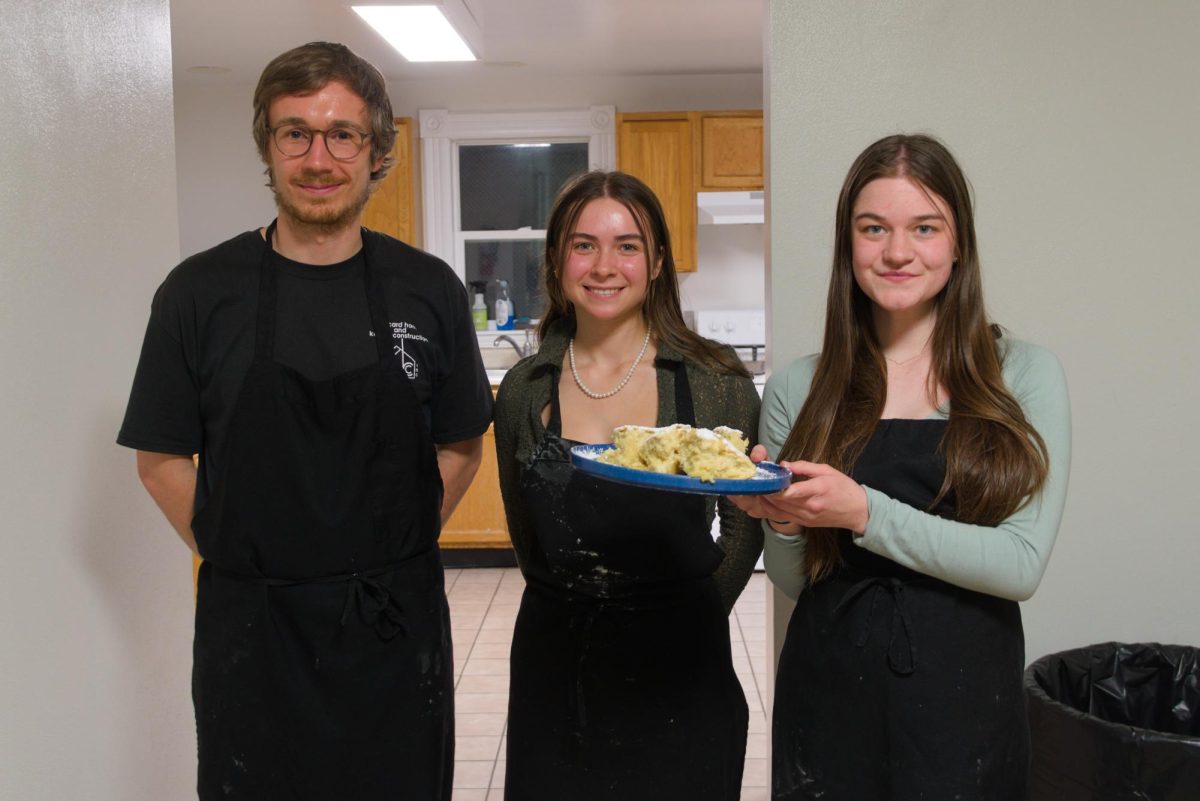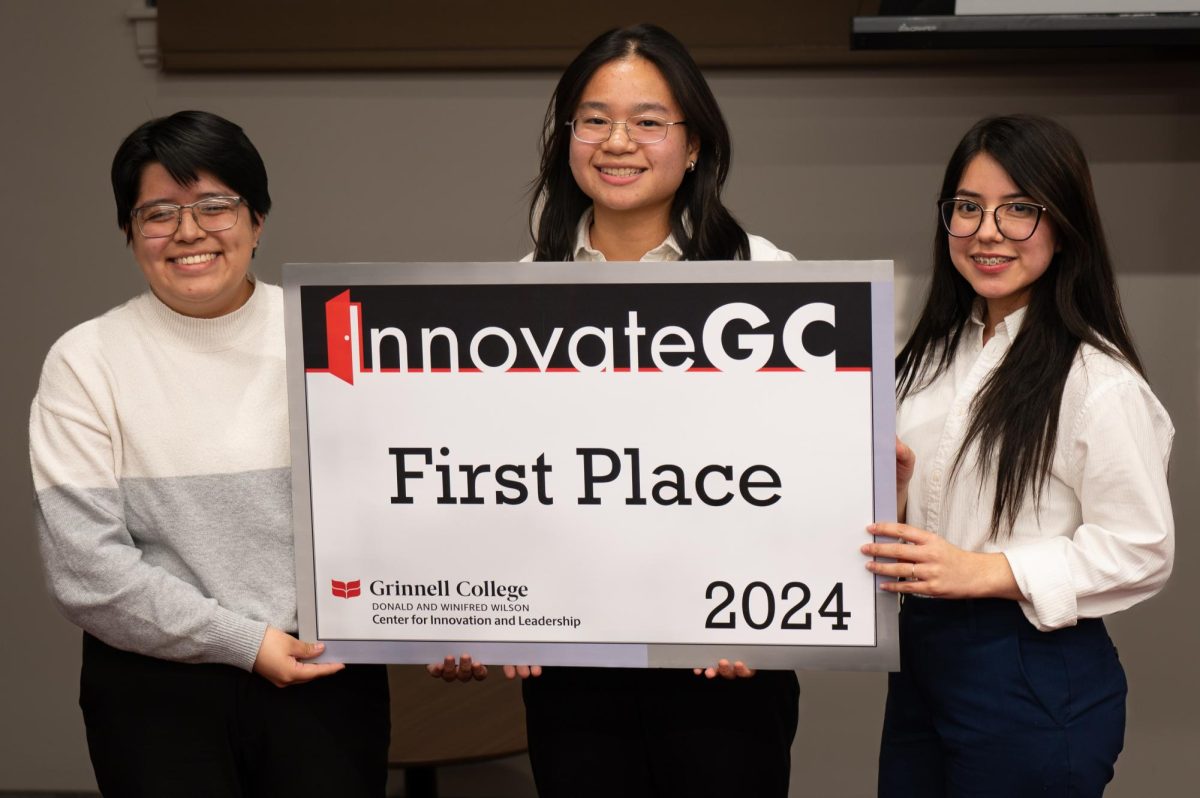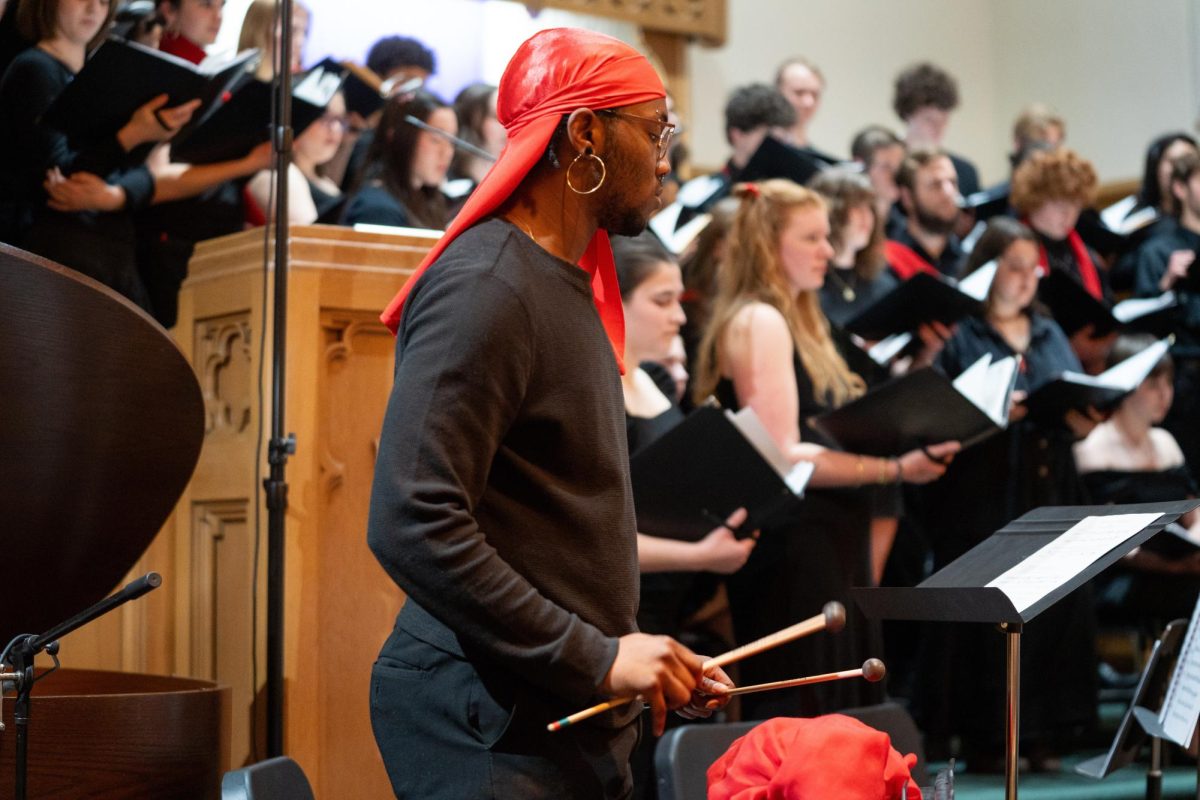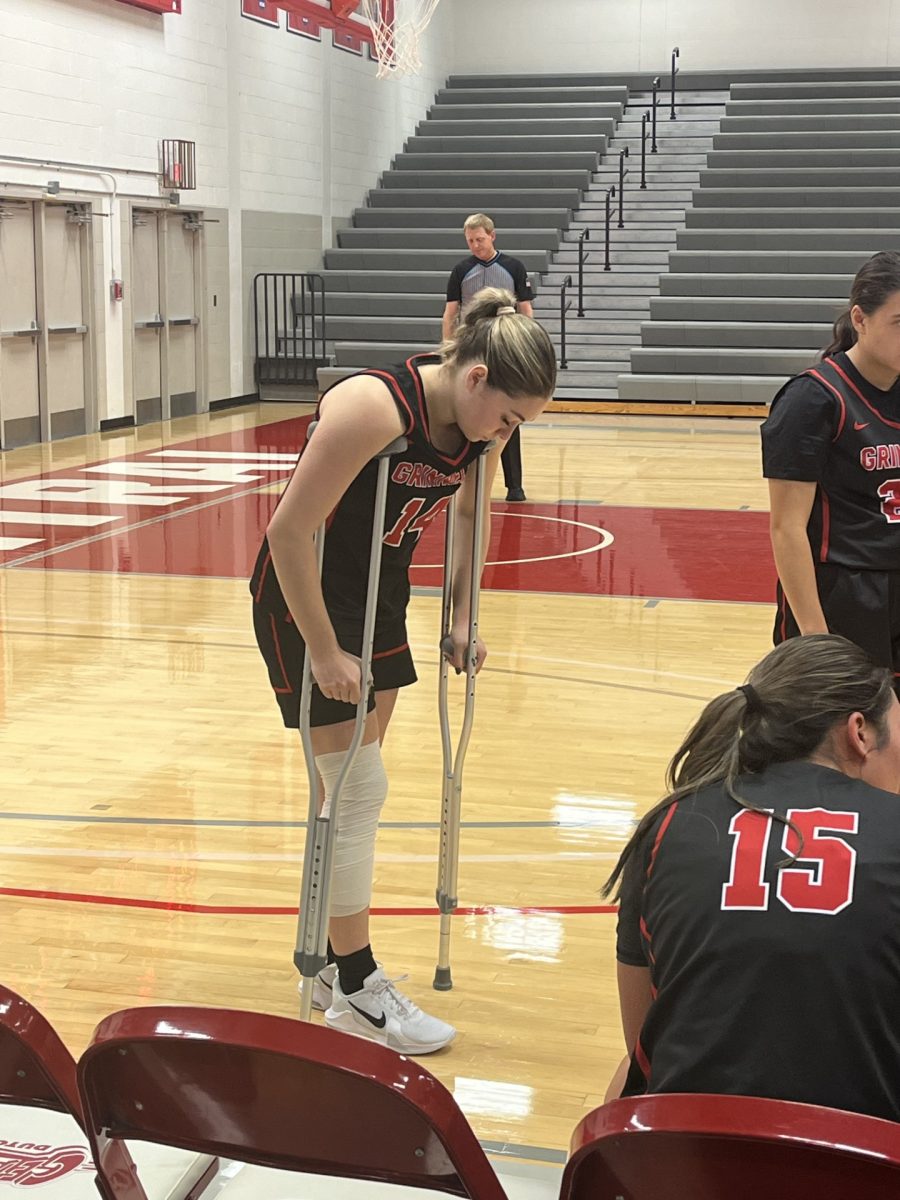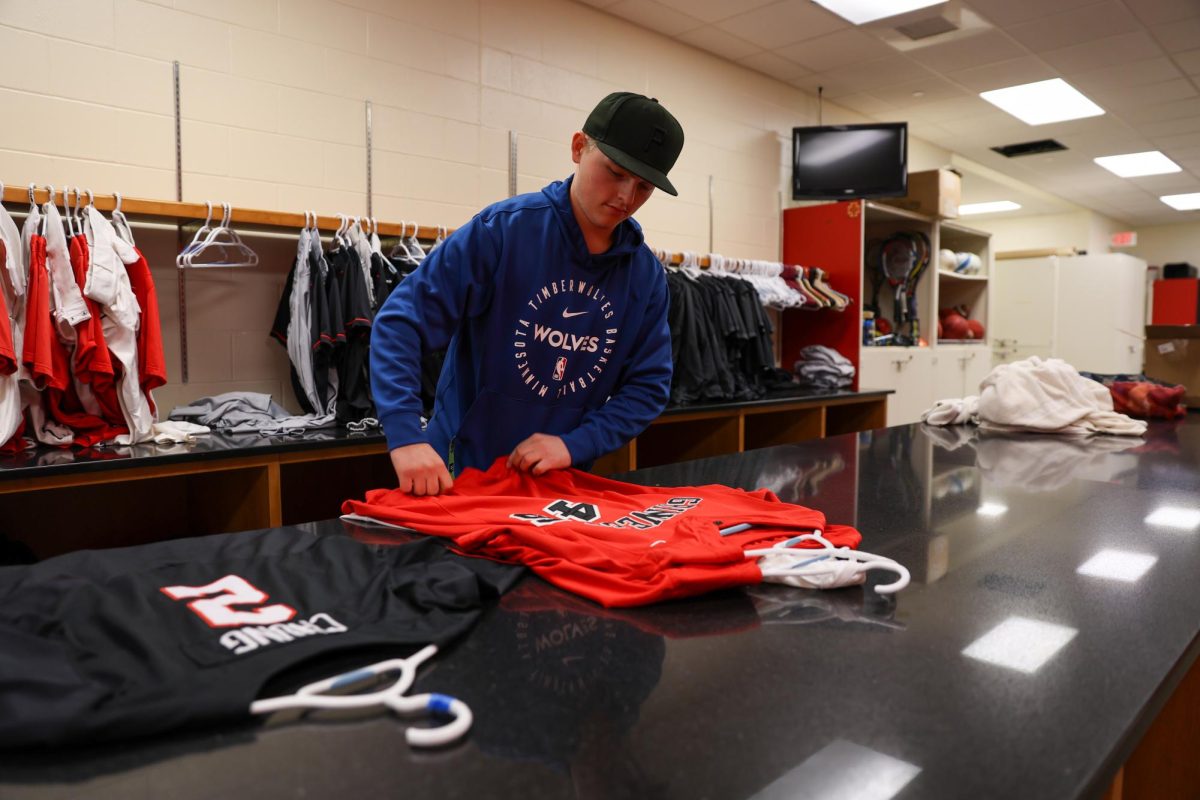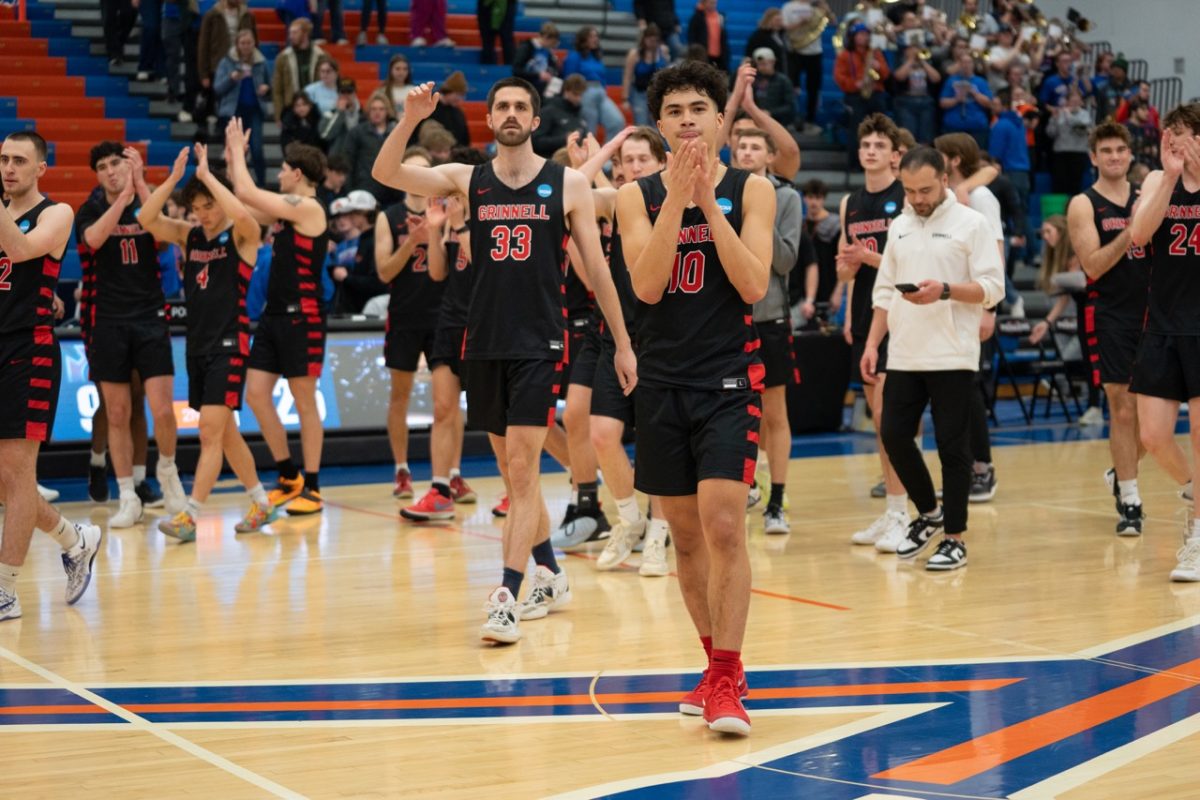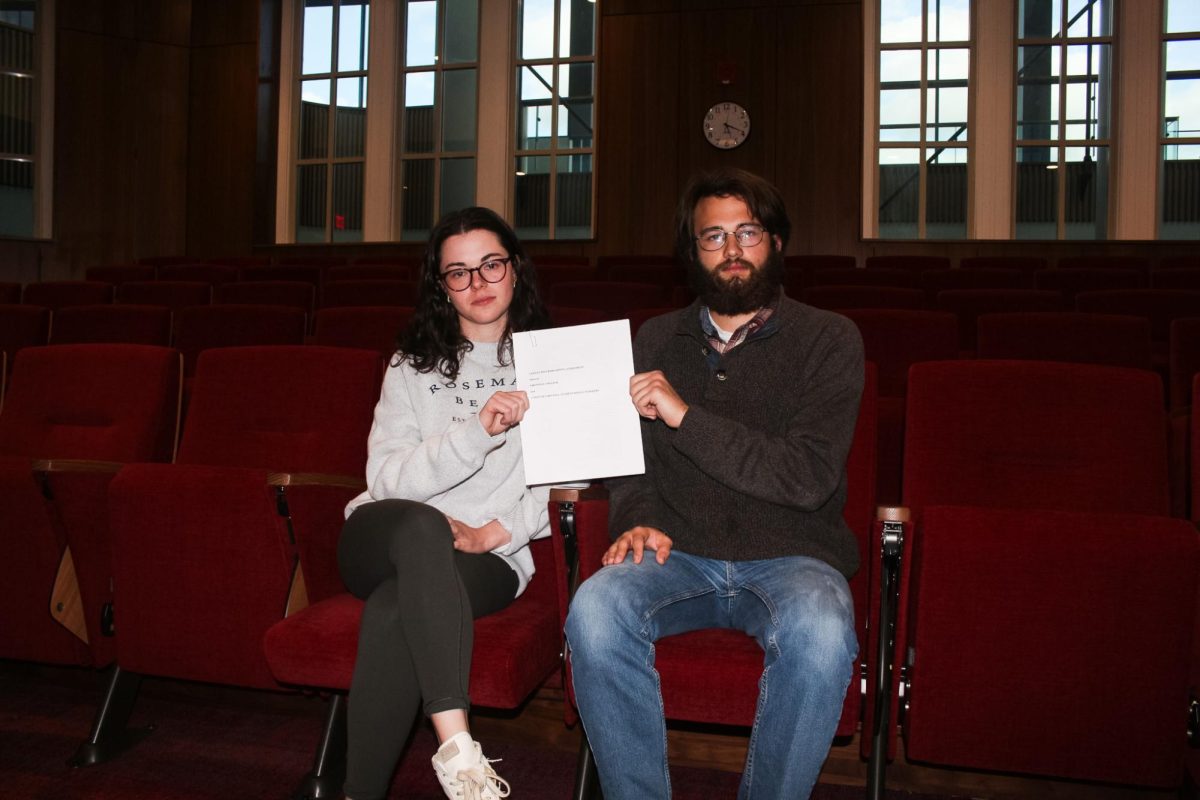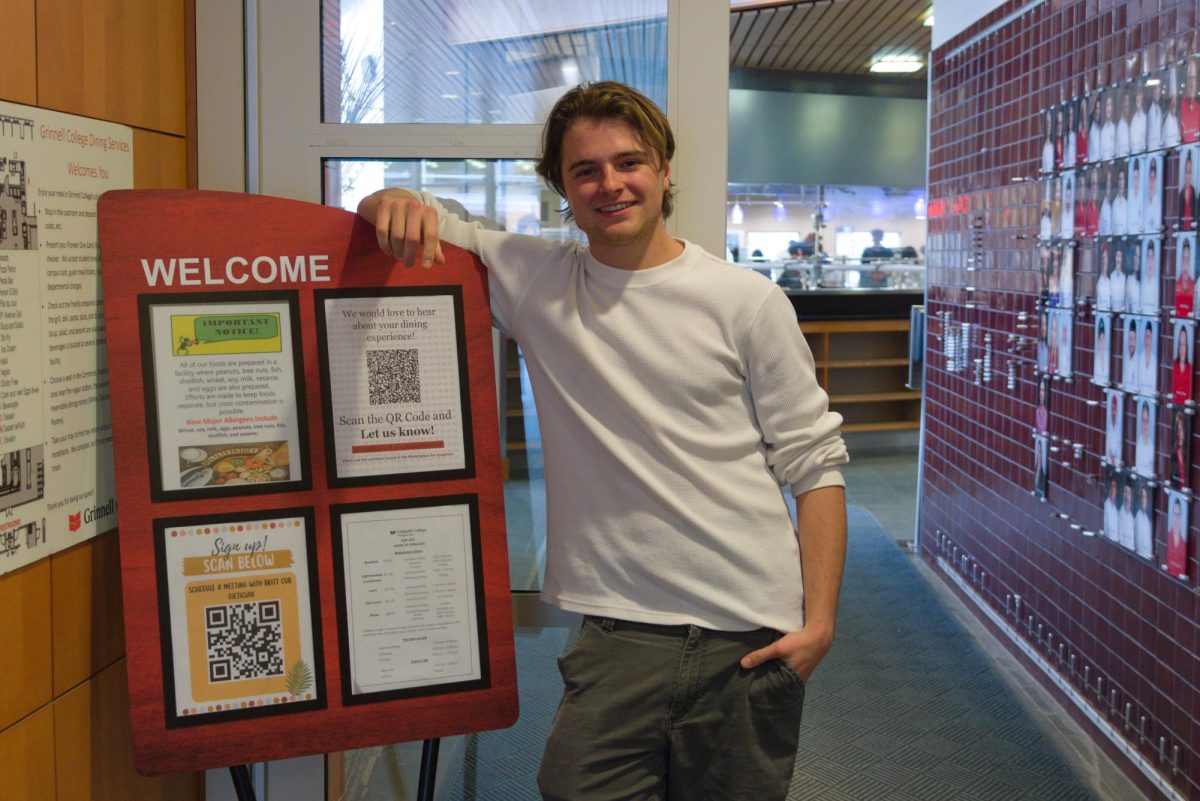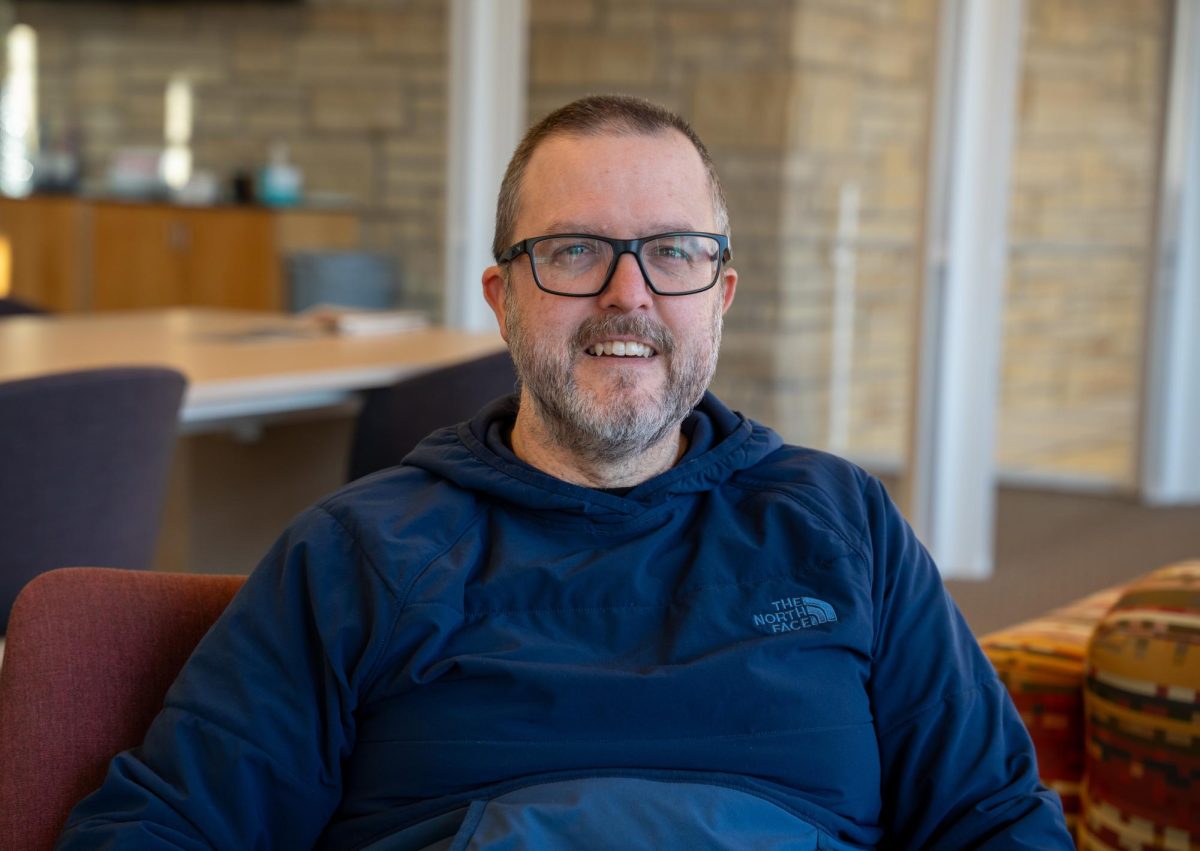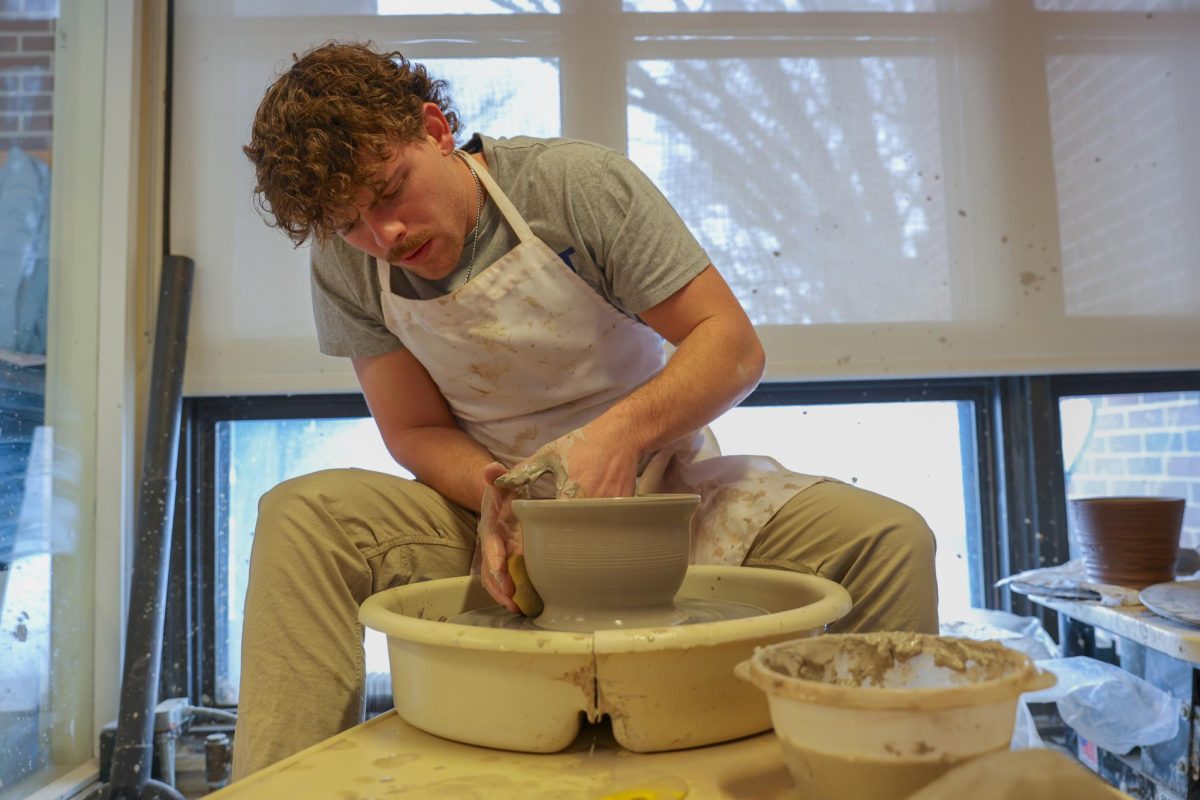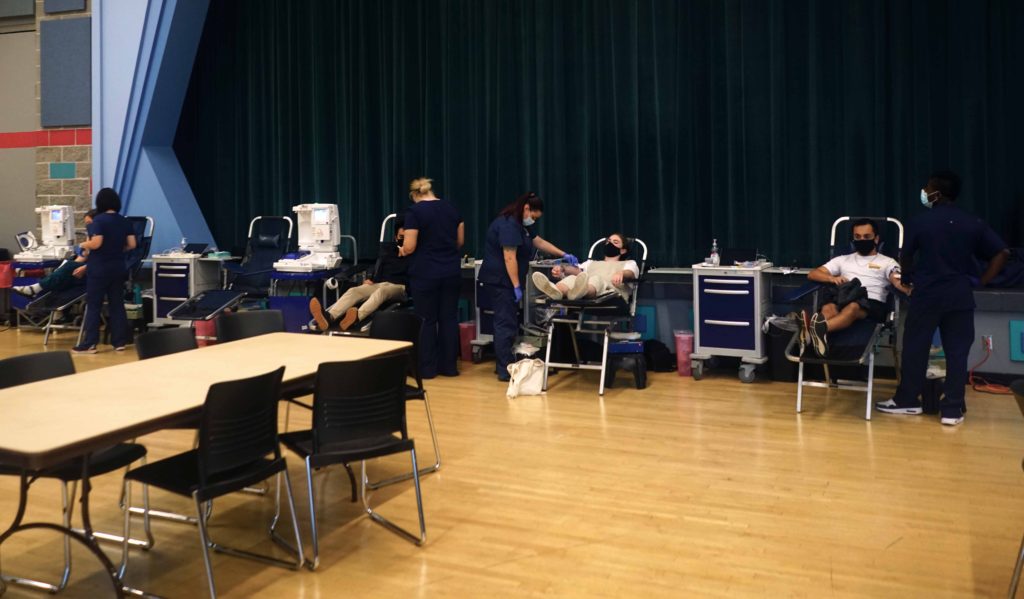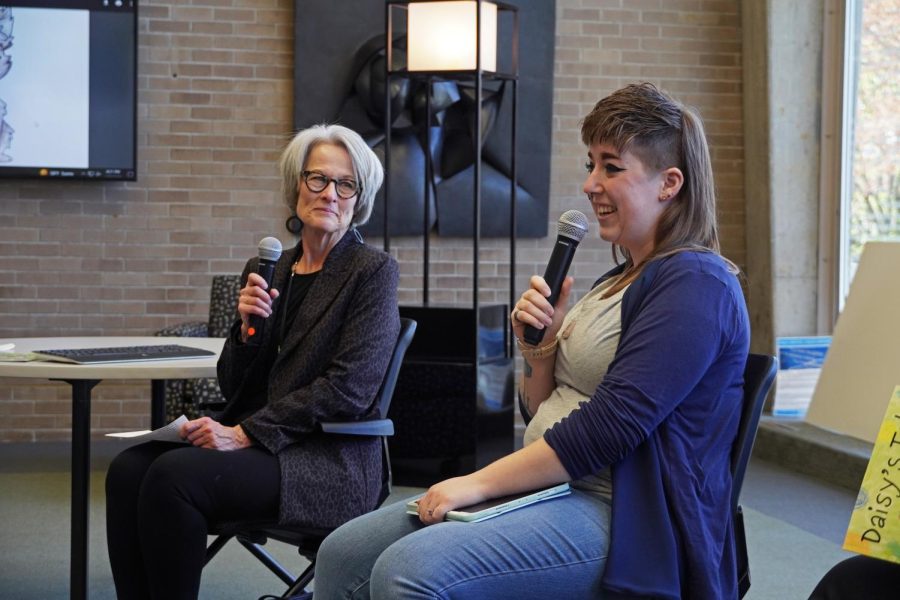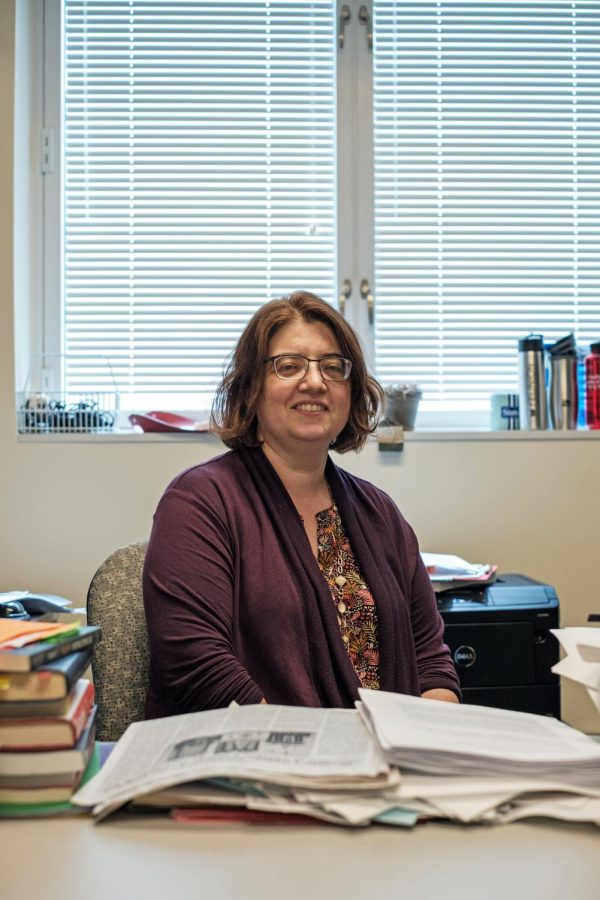The community blood drive, a regular feature in Grinnell’s calendar, was held on Wednesday, Oct. 6, from 11:30 a.m. to 5 p.m. in the Harris Center. The blood drive was in collaboration with LifeServe Blood Center, an organization that focuses on distributing blood to regional hospitals in need of a reliable, local blood supply network.
LifeServe Blood Center works to serve regional hospitals and medical care providers, much like blood banks. Most national agencies use the collected blood for emergency situations like natural disasters. They also sell collected plasma to pharmaceutical companies, which enables them to pay donors for their contributions.
However, local blood banks and organizations like LifeServe rely on donations of blood to provide to regional care-providing facilities. “We are the sole providers, so that means that with local hospitals, they only get their blood products from us,” explained Jana Huegerich, LifeServe’s territory representative. “It also means that everything we collect is transfusable to a hospital patient. So, it is not sold to pharmaceutical companies to make medicine or for research. It is for transfusing into a patient who needs it.”
Grinnell has been conducting blood drives in collaboration with LifeServe regularly for nearly 21 years; the only exception was 2020. Wednesday’s blood drive was the first one on campus since January 2020, before COVID-19 closures made it impossible to conduct regular blood drives. As the pandemic persisted, blood banks and organizations like LifeServe had to navigate how to safely collect blood and ensure it made its way to the patient who needed it most, when they needed it most. Now, nearly a year and a half into the pandemic, conditions are finally suitable to host a blood drive on campus.
“It’s my first time organizing a blood drive. It’s been surprisingly easy in some ways and like, a little challenging in others. But LifeServe is really great at working with us to make sure that everything runs smoothly,” said Sarah Beisner `22, the SGA resources and services coordinator, about her experiences organizing the blood drive. She explained that navigating issues like the placement of the refreshments area was tricky, as was having to recruit many more volunteers.
The response from students was much greater than anticipated, with all 50 donation slots filling up within hours of the Blood Drive email being sent out. “I’ve gotten a lot of emails from people being like, ‘I don’t see any spots, is there any way I can still donate blood?’” said Beisner. Since LifeServe did not have the staffing to accommodate more than 50 donors, they proposed conducting another blood drive on campus in January instead and opening more than 50 slots for it.
The blood drive serves as a way for Grinnell students to give back to their local community. During the blood drive in January 2020, LifeServe was able to collect 35 units of blood from 29 donors, which was ultimately used to aid in the medical treatment of 105 people in regional care centers.
LifeServe’s goal is to ensure that blood reaches the people closest, who need it most. So, while donated blood may not have been used directly in the local community, it would have served the nearest patient who needed that specific blood type.
“Because it is a matter of life and death in a lot of emergency situations, we need all of our community to be invested in our blood supply,” said Huegerich, “because you don’t when you’re going to need that product.”

